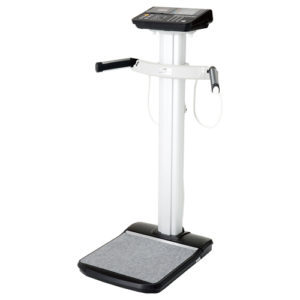Weight loss
We frequently use the term “weight loss” as a health goal, but is that really what we’re after? After all, “weight loss” is aimed at reversing the “weight gain” we have experienced. The problem with this terminology is that not all weight is bad weight. What we’re really trying to do is to decrease the bad weight while preserving or increasing the good weight.
Fat loss is the real goal
Let’s be clear that the goal of most health-conscious people is improvement in body composition – to decrease the amount of body fat while maintaining or increasing the amount of muscle. Excess fat is primarily what keeps us from being satisfied with the appearance of our bodies. A muscular physique, however, is more visually appealing and contributes greatly to metabolic health.
Thus, when we talk about weight loss, we really mean to say fat loss. Our focus should be on changes to our percent body fat rather than the simple scale weight.
Body Mass Index is not an effective measurement
Unfortunately, there is pressure to decrease our scale weight in order to reach a “normal” BMI.
Both “obesity” and “overweight” are defined in terms of the Body Mass Index (BMI), which is simply a calculation of weight relative to height. It has limited utility, however, as it does not account for body composition. For example, the BMI of an individual with a large amount of muscle mass may well be in the “obesity” range despite having a very healthy physique with minimal body fat. On the other extreme, the BMI of an individual with relatively high body fat and low muscle volume may be in the “normal” range. In both of these cases, the BMI does not accurately describe the body composition.
How to measure body composition
There are better measurements than scale weights. A simple measure that can be performed anywhere is the waist-height ratio — waist circumference divided by height. Your waist:height ratio should be less than 0.5 to be considered healthy.
A more complicated and more accurate measure is Bioelectrical Impedance Analysis (BIA), a technique using small electrical current to measure body composition, estimating amounts of fat mass and lean body mass.

This technique is available in many clinics, including Revitalize Metabolic Health, and is validated against the standard body composition technique of dual-energy X-ray absorptiometry (DXA). While DXA is the most accurate, it is less accessible due to its much higher expense.
Conclusion
The distinction between weight loss and fat loss is important to understand. Body composition is critical to metabolic health, which is improved by reducing body fat and prioritizing lean body mass.





